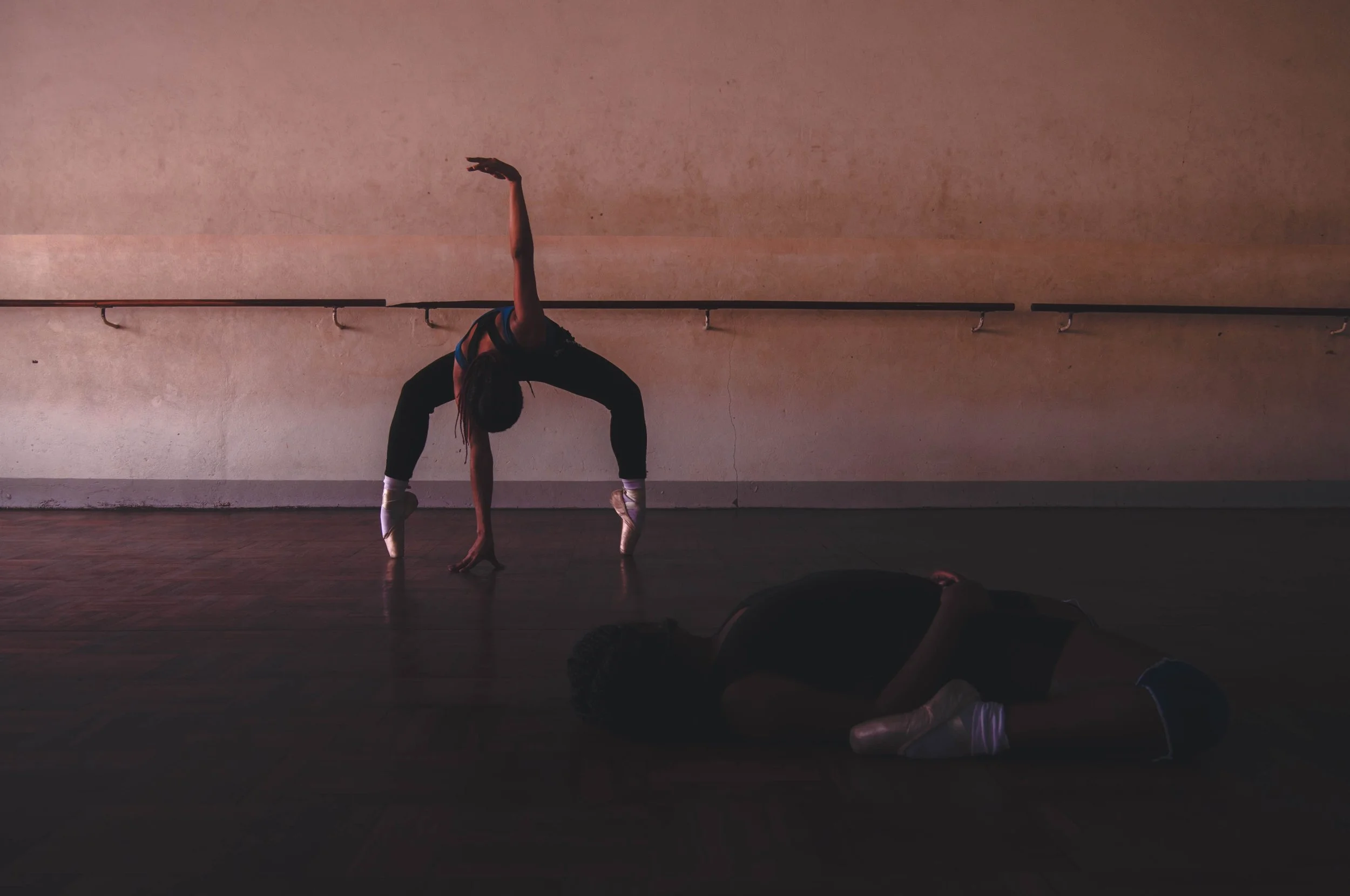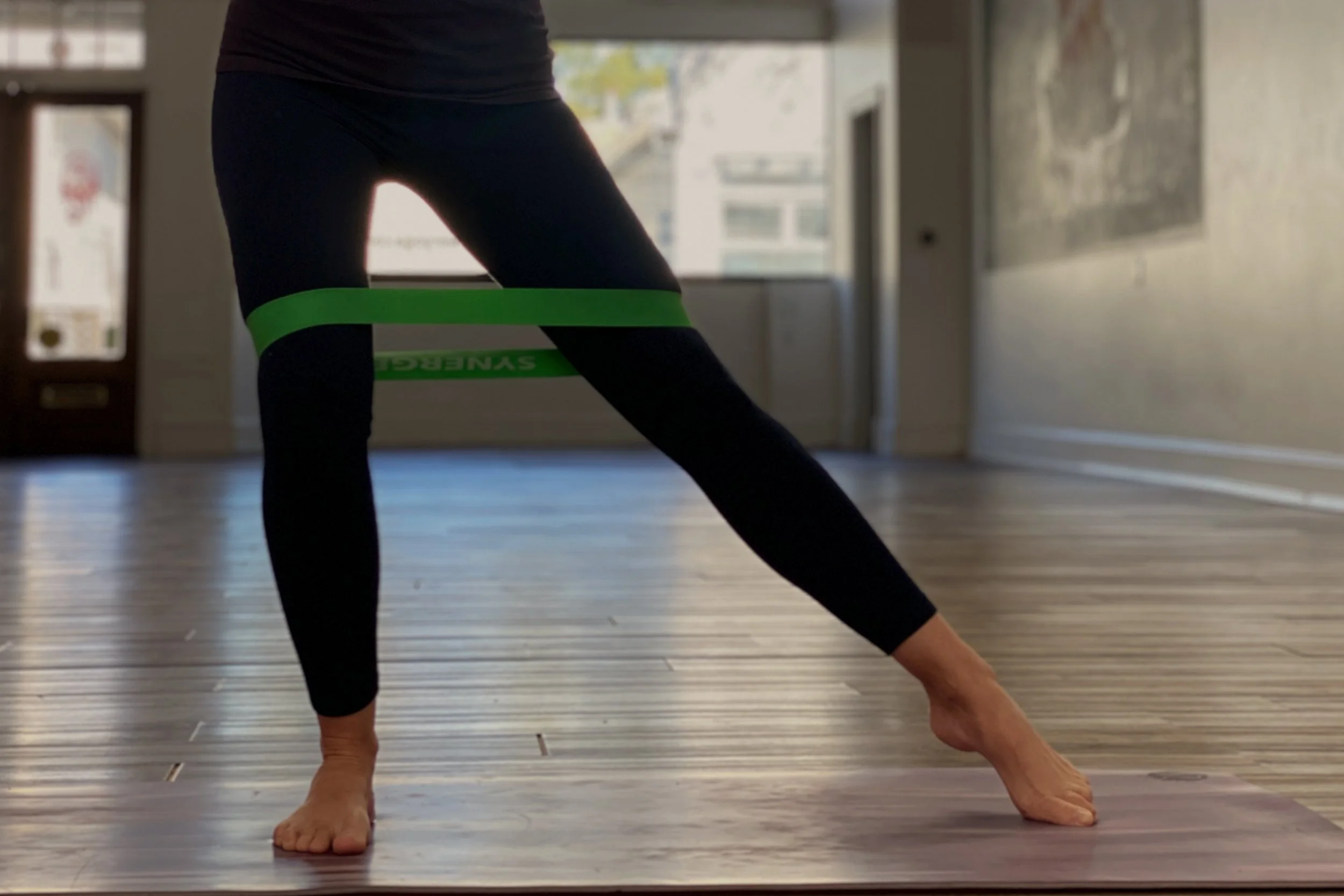With A BAM
Marcela Trape.
Continued from “Encounter on El Once”
After a knock, the door was opened by a lean gentleman in a t-shirt and baggy pants, slate-gray stubble trickling down from his buzzed hair, framing a kind smile. This was Albert. For all the surreal qualities of our surroundings – his domain – his ease was as welcome to us as we were to him.
Albert led us into his studio – a repurposed apartment dominated by a large rectangular room, with one long mirrored wall underscored by a dance barre. As I ran my eyes up from the wooden floor to the walls, I noticed the room’s high ceilings were textured by yards of loose khaki netting, resembling foliage in the dim natural light that spilled in from some window further inside the apartment. The room’s corners and dimensions seemed to loosen in the blend of shadow and reflection.
At home here, Albert poured himself a maté at the far end of the room and introduced us to his counterpart, Marcela, her visage smiling at us from a live Zoom call on Albert’s computer. We all introduced ourselves and shared our respective experiences with tango – Marcela and Albert’s decades-long exploits easily dwarfing my experience of enlightenment at the tango show in San Telmo – before Albert receded and allowed Marcela to take the proverbial floor.
Marcela is known worldwide as the co-developer of BAM (Body Awareness Method) – a school of tango education rooted not only in classical instruction, but in personal physical equilibrium. “The body is in the head,” she stated as we stretched out on the hardwood floor, “and the head is part of the body.” According to Marcela, moment-to-moment awareness of where one’s own physical self is in space is an essential part of surrendering to tango, allowing instinct to take over the body and attuning to the impulses of oneself and their partner.
Before I knew it, an hour of stretching had gone by, made instantaneous by Marcela’s hypnotic insights and tone. I slowly found my feet and bade her farewell (presumably off to awestrike other aspiring dancers elsewhere in the world) before Albert did the same and ended the call.
“Tango is a door through which anyone can enter.” he began, standing at the head of the room. “It is two partners falling through time and space together.” As we paced for a warmup, Albert began to call attention to the separation of the upper and lower body. As with many other partner dances, the union of the two partners intersects with the upper body while the lower provides support. The BAM method places special emphasis on this relationship – whatever impulse one partner follows, the other accommodates, before providing their own and reversing the polar flow of the dance.
Always in contact, never conflicting.
Always falling, but never hitting the ground.
Such, Albert continued as he queued up some music, is tango.



